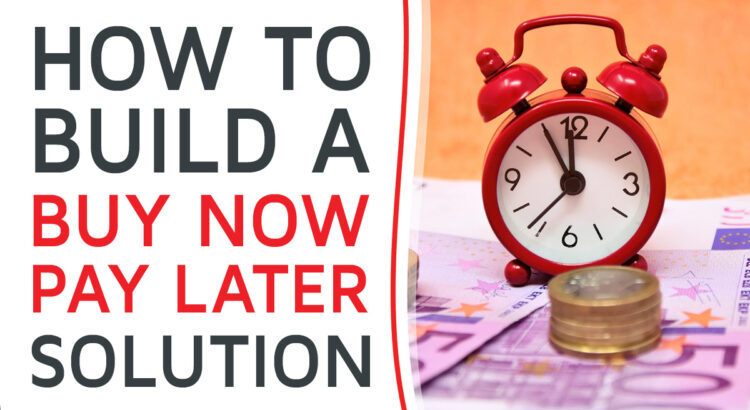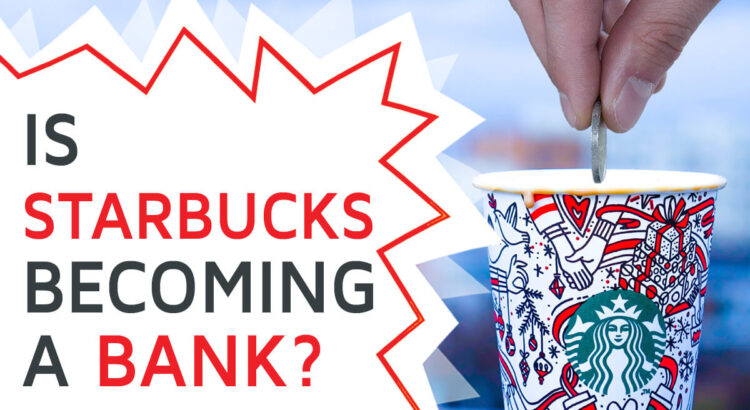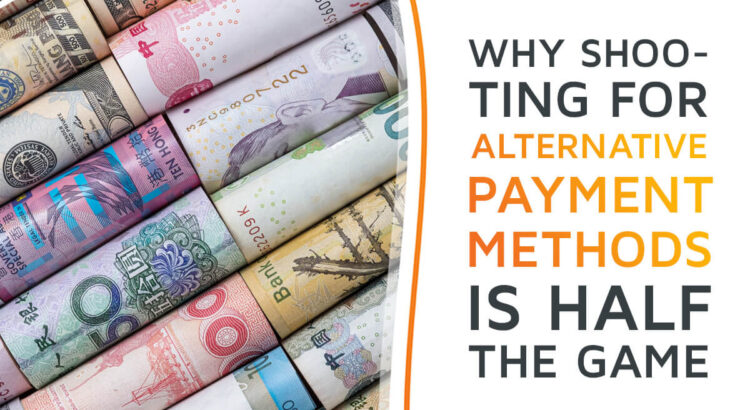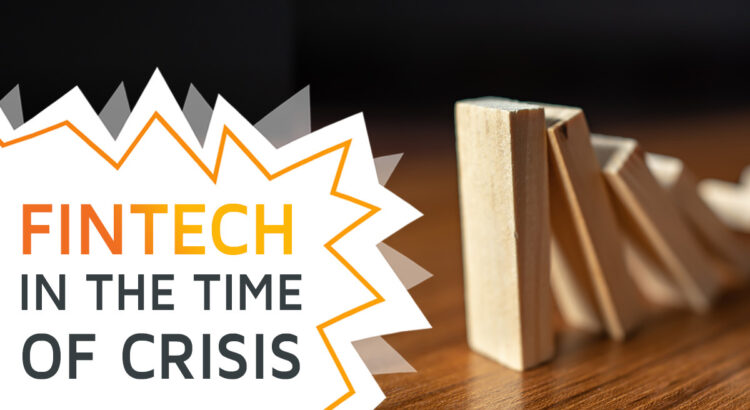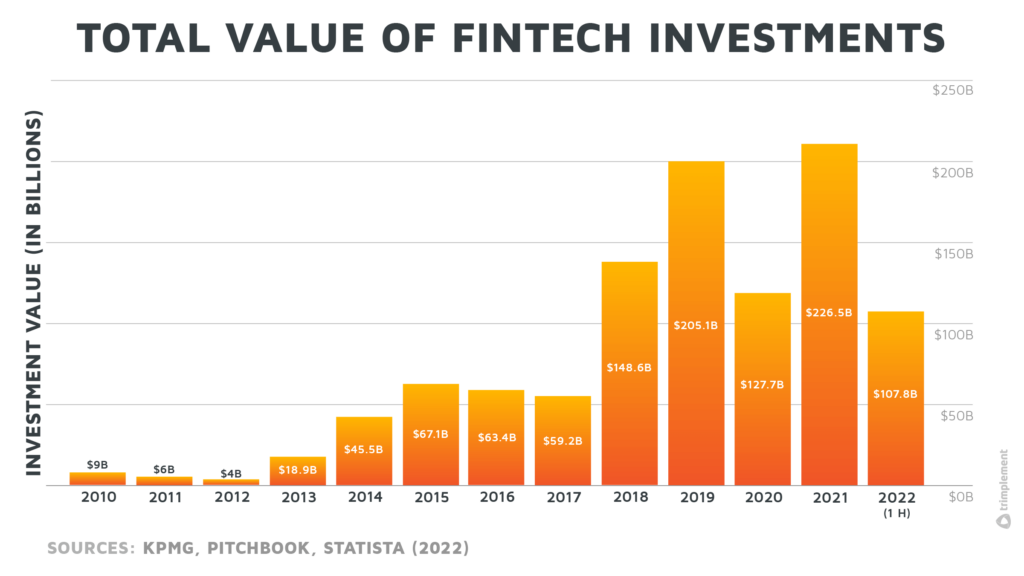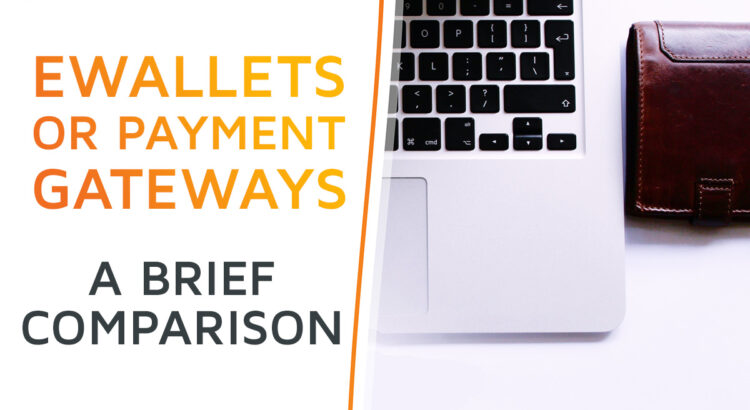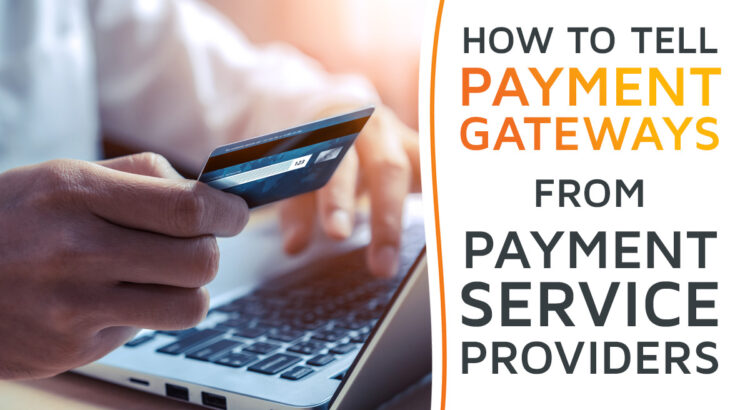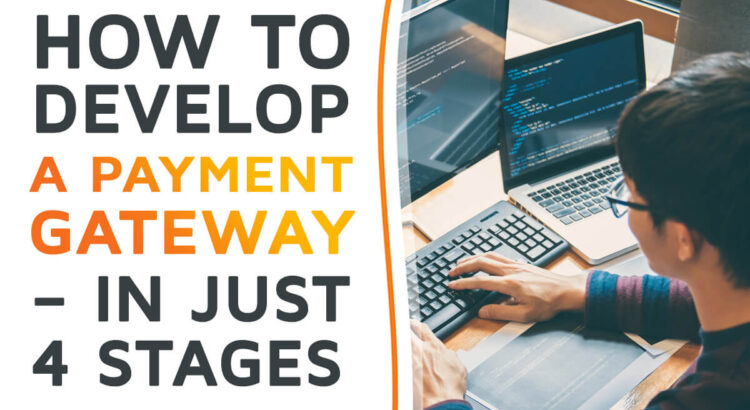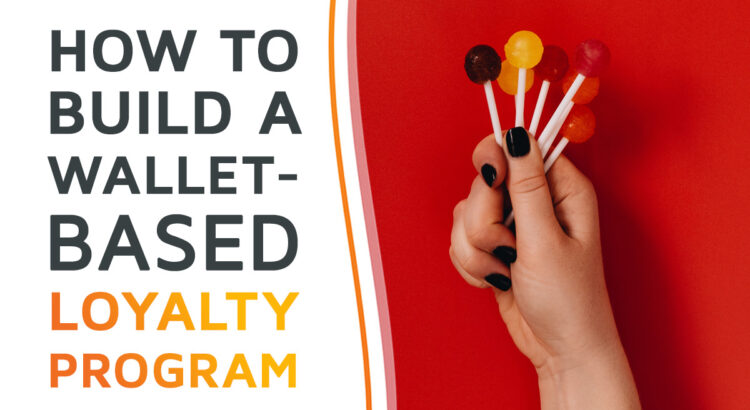Buy Now, Pay Later (also: BNPL) is shaking up the payment market. In 2020, it already made up 5% of annual e-commerce transactions, according to Bain & Company. And the trend is upward, as many online retailers plan to introduce BNPL payment options, as well. The key question for those companies is:
What is the best way to set up a payment system that includes BNPL options?
This boils down to the simple choice between turnkey payment systems by 3rd parties or a custom system built and run in-house.
The first option is quicker and doesn’t require as much domain knowledge and development resources as the second one. However, it comes with disadvantages in the long run such as:
- Continuous fees that cut into revenue
- Dependency on a third party regarding updates and features
- Risk of so-called vendor lock-in, when the BNPL provider cannot deliver the service or changes the price structure, while no alternative provider is available
- Possibility that the BNPL solution in question no longer fits the retailers’ business strategy as it evolves
When building a custom payment system with Buy Now, Pay Later options, these problems can be avoided or mitigated. Companies are even better positioned with an e-wallet system, as BNPL processes can also be built on top of it.
In this article, we provide an overview of how companies can build their own BNPL solution – and why this is even easier with a powerful e-wallet framework.
Read More